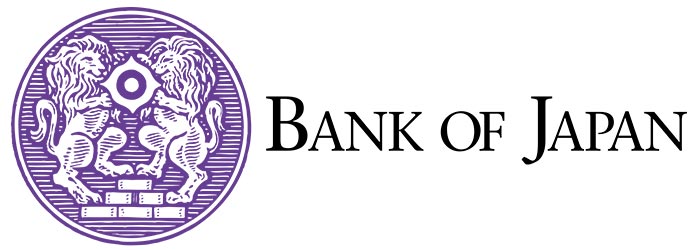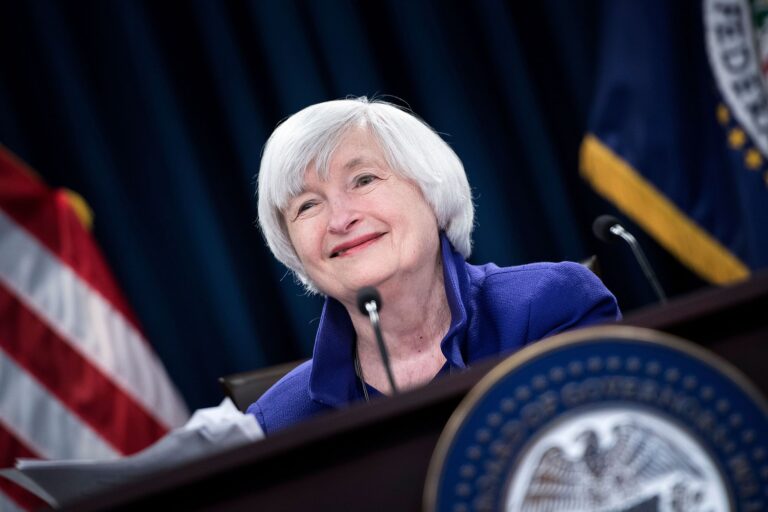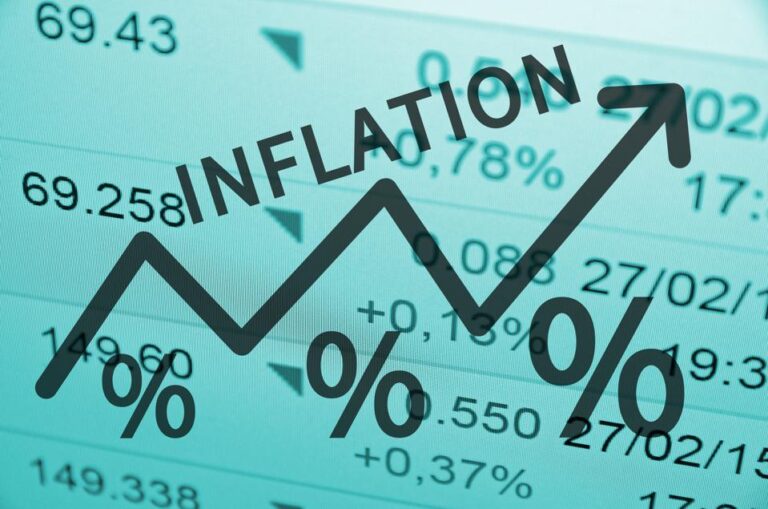Bank of Japan Maintains its Ultra-Low Interest Rates and promises to Stick to its Dovish Monetary Policy
The Bank of Japan has maintained its ultra-low interest rates in its latest review following a monetary policy meeting held on Thursday, September 22, 2022. The move is a long-held tradition of the Japanese government and was meant to reassure markets of the bank’s continued resilience against a global tide of central banks that are applying brakes on economic growth to combat runaway inflation. It is a policy that is seen to lean more toward maintaining the trajectory of economic recovery and supporting further growth at the expense of the soaring cost of living due to a devaluing Yen.
In its latest announcement, the Bank of Japan maintained its benchmark lending rates at -0.25 percent at a time the country’s core consumer prices, which do not include volatile food prices stood at 2.8 percent in August – the fastest rise in close to eight years. The rising inflation has been blamed on the rooftop prices of commodities and a quickly sliding Yen.
Following the announcement by BoJ, the Yen plummeted to a record two-decade low of 145.50 against the dollar although subsequent government intervention saw the Yen rise 2 percent against the dollar to 140.3.
The rising commodity prices are a global phenomenon that is attributed to the COVID-19 pandemic that caused a drop in production due to lockdowns and restrictions imposed by governments around the world to contain the spread of the virus. Additionally, the pandemic caused supply-chain problems due to disruption in global trade as governments shut their borders to contain the spread of the virus. Stimulus packages, the government’s main weapon designed to support consumers and keep the wheels of the economy moving, are said to have pumped a lot of free money into an idle population.
The war in Ukraine saw major economies put an embargo on Russian oil as part of a raft of sanctions imposed on the country for invading its neighbor. The drop in Russian oil caused a global shortage considering the country accounts for a third of the total global supply. The shortage has affected many countries, especially in Europe where countries had built a huge reliance on Russia’s supply of the precious commodity.
The Global Rush By Central Banks to Hike Interest Rates
The move by BoJ to maintain its ultra-low interest rates and stick to a dovish monetary policy is a wide divergence from a global trend of central banks hiking their benchmark lending rates and hawkish monetary policies to cool overheated economies and arrest the skyrocketing rate of inflation.
Countries are also rolling back pandemic-era stimulus packages that were introduced to support their population and keep the economic engines running.
BoJ’s announcement came at a time the U.S Federal Reserve announced a rise in interest rates by another 75 basis points or three-quarters of a percentage point to between 3 percent and 3.25 percent. This is the highest Feds benchmark rate since early 2008 with the central bank signaling even more hikes in coming policy reviews. The Fed says interest rates could hit highs of 4.6 percent by 2023.
Apart from Japan, Switzerland is another country that had kept a negative policy rate, and the only European country. On Thursday, the Swiss National Bank announced that it was raising its benchmark interest rate by 75 basis points to 0.5 percent. With the new announcement, Switzerland exited the era of negative interest rates and joined other countries that have taken aggressive moves by tightening their monetary policies to combat resurgent inflation. The latest interest hike by the Swiss National Bank follows another hike to -0.25 percent on June 16, which was the country’s first interest hike in 15 years.
The latest move by Switzerland is in response to rising inflation that hit 3.5 percent in August – the highest in 30 years.
In addition to the U.S and Switzerland, half a dozen central banks also followed suit by reviewing their rates upwards and often with a hint of more hikes to come. These include Indonesia, Norway, and the United Kingdom.
Japan’s State of Inflation
BoJ’s policy move seems to favor economic growth at the expense of high inflation and soaring costs of living. In August 2022, the core inflation in Japan stood at 2.8 percent, the fastest annual growth in eight years. The new rates have exceeded the central bank’s target of 2 percent for the fifth consecutive month.
The high inflation had led to fears among economists that the high prices may last longer than the BoJ had projected. That said, many economists and analysts were not anticipating an immediate shift in the country’s ultra-easy policy.
The core consumer price index (CPI), which includes fuel costs but does not include volatile fresh food, was slightly above the projected market medium of 2.7 percent.
In addition to other factors in the domestic and global market, a key factor said to be fuelling inflation is the weak yen which makes the cost of imports very high. Economists project the core consumer inflation to hit 3 percent in October. This will be the fastest increase since October 2014 and is mainly attributed to rising food and grocery goods prices, higher utility bills, and the phasing out of mobile phone charges subsidies implemented in 2021.
Government Intervention to Save the Sliding Yen
In the wake of the central bank’s decision to stick to ultra-low interest rates, the Japanese government announced intervention plans to save the yen from further depreciation against the dollar. The currency has shed more than 20 percent of its value over the last one year, a trend that makes the country’s imports more expensive. This is the first time in 24 years that the government has intervened to save the yen from further sliding into the negative. The yen has registered the worst performance among currencies of major developed economies.
The drop in the yen is mainly attributed to the country’s policy to maintain ultra-low interest rate at a time when several central banks including the U.S Federal Reserves are raising their rates by up to 75 basis points in a bid to arrest the runaway inflation.
After the Fed announced that it was raising its rates by another three-quarter of a percentage point, the Japanese yen plunged below 145 against the dollar on Thursday last week. The government intervened by buying its own currency for the first time since 1998.
In a news briefing, the Japanese finance minister, Shunichi Suzuki, said that the government was “concerned about the rapid one-way movement.” He added that the government “absolutely can’t overlook excess volatility arising from speculative behavior.”
Initially, a weaker yen was seen as a boost to the Japanese economy which is predominantly export-driven as it made the local products much cheaper in the global market. This is no longer the case due to the global nature of the current economy.






